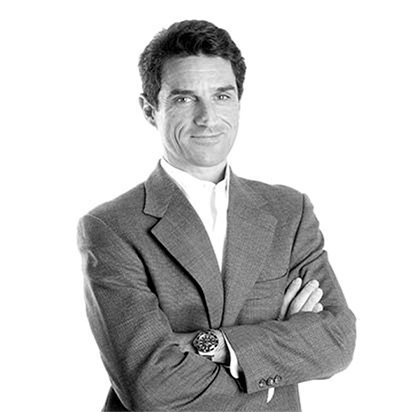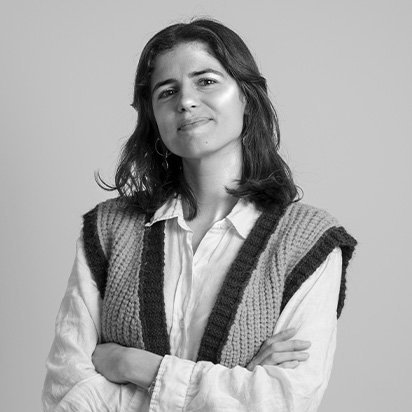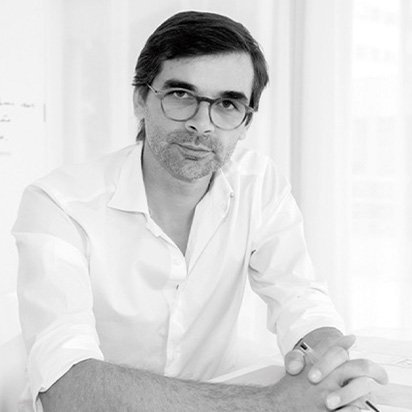
The future will be more than just electric
João Trincheiras

Drawing by hand in an age of technology
Marta Castillo
Anonymous design
José Carlos Nunes de Oliveira
Architect and Founder of NOARQ

The second industrial revolution, devised by Frederick Taylor and implemented by Henry Ford, among the countless guarantees it brought to our lives, whose dependency relationships we can no longer imagine excluded from our habits, also brought a new professional (con)science - design.
Industrial design, or the secondary term product design (a phrase I don’t like because it detracts from the relevance of the phenomenon that gives rise to it - industry! There is no design without industry!) is the invisible discipline that supports every aspect of our daily routines.
Today, industrial design is the unconscious bedrock of our lives. For all these reasons, I would like to emphasise the collective sense intrinsic to industrial design processes, represented by creators such as Henry Dreyfuss.
The prince of utilitarian design, Dieter Rams, said that if "design is a process, industrial design is a teamwork with many people involved”. It therefore seems more important to me to distinguish the effort of the collective project, the innovation and civilisational advancement implicit in the rise of product design as a discipline; to celebrate the generosity of the design of utilitarian, trivial and anonymous products than to laud the historical iconography of cult design, sometimes of luxury, represented by some well-known contemporary names.
Without detracting from the eloquence that craftsmanship allows creative individuals to achieve, it is especially important to remember the dignification of human life and the democratisation of quality that design processes have brought to civilisation.
While there is consensus in the field of architecture about the crucial importance of industrial design, from the standardisation of its components to packaging and tools used by craftsmen; from ducts, grilles and cables to switches, flushing cisterns and sanitary fittings; from window frames to hardware... it is also common sense that, despite the growing contribution of industrial design, architecture is still not a product and is far from achieving the attributes that qualify design processes. Each piece of architecture is still a prototype, despite the array of standard products it comes with.
Industrial design, or the secondary term product design (a phrase I don’t like because it detracts from the relevance of the phenomenon that gives rise to it - industry! There is no design without industry!) is the invisible discipline that supports every aspect of our daily routines.
Today, industrial design is the unconscious bedrock of our lives. For all these reasons, I would like to emphasise the collective sense intrinsic to industrial design processes, represented by creators such as Henry Dreyfuss.
The prince of utilitarian design, Dieter Rams, said that if "design is a process, industrial design is a teamwork with many people involved”. It therefore seems more important to me to distinguish the effort of the collective project, the innovation and civilisational advancement implicit in the rise of product design as a discipline; to celebrate the generosity of the design of utilitarian, trivial and anonymous products than to laud the historical iconography of cult design, sometimes of luxury, represented by some well-known contemporary names.
Without detracting from the eloquence that craftsmanship allows creative individuals to achieve, it is especially important to remember the dignification of human life and the democratisation of quality that design processes have brought to civilisation.
While there is consensus in the field of architecture about the crucial importance of industrial design, from the standardisation of its components to packaging and tools used by craftsmen; from ducts, grilles and cables to switches, flushing cisterns and sanitary fittings; from window frames to hardware... it is also common sense that, despite the growing contribution of industrial design, architecture is still not a product and is far from achieving the attributes that qualify design processes. Each piece of architecture is still a prototype, despite the array of standard products it comes with.
